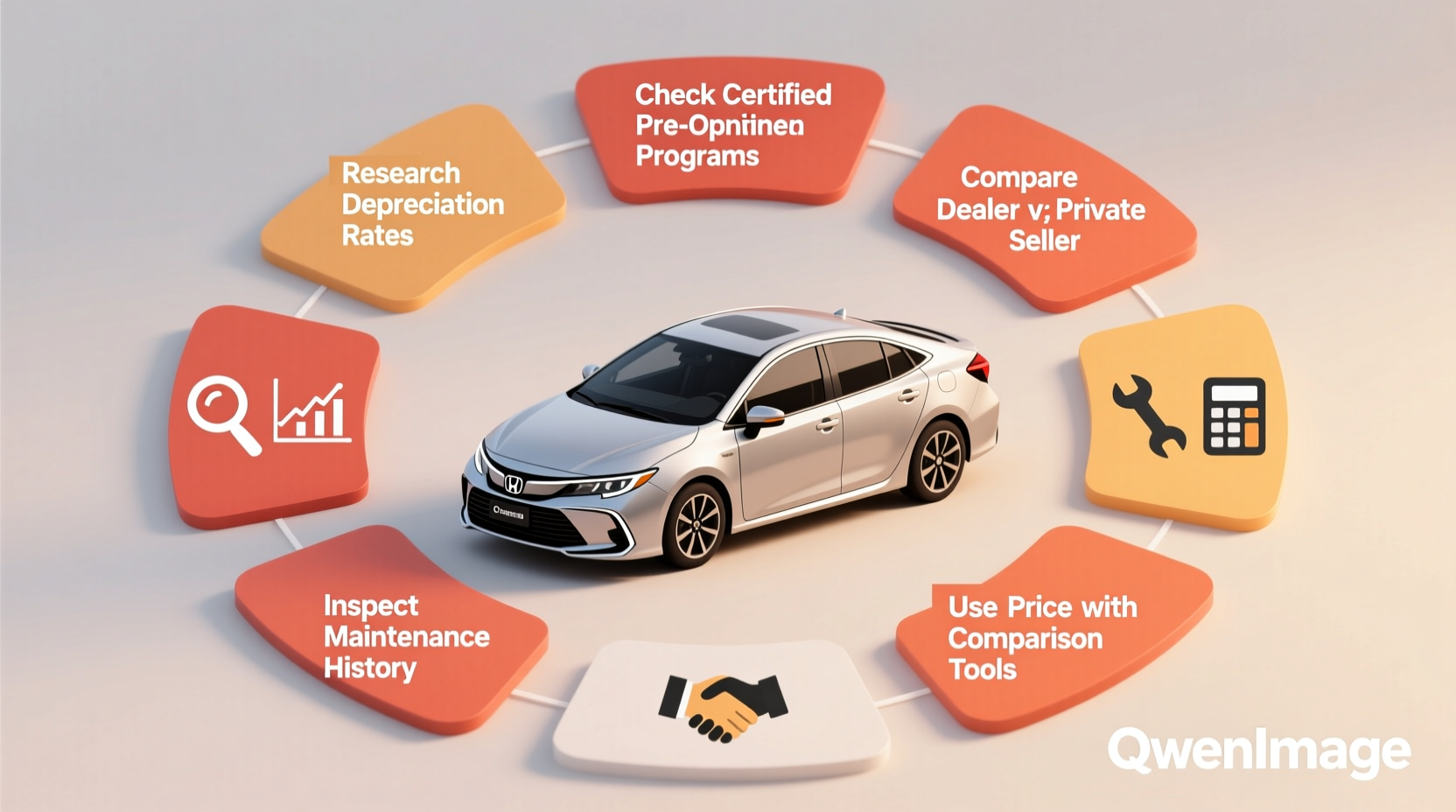Finding an affordable car that doesn’t sacrifice reliability, safety, or comfort is entirely possible—if you know where to look and what to avoid. With rising vehicle prices and shrinking budgets, many buyers are searching for ways to minimize upfront costs while still securing a dependable ride. The key isn’t just finding the lowest price tag; it’s about maximizing value through smart research, timing, and negotiation. This guide reveals practical, proven methods to help you buy the cheapest car possible—without ending up with a money pit.
1. Define Your Real Needs vs. Wants

Before browsing listings, clarify what you actually need from a vehicle. A compact sedan might be more than enough if your primary use is commuting and errands. Overspending on features like all-wheel drive, leather interiors, or advanced infotainment systems can inflate your budget unnecessarily.
Ask yourself:
- How many passengers do I regularly carry?
- Do I need cargo space beyond average grocery runs?
- Will I drive in harsh weather conditions frequently?
- Is fuel efficiency a top priority?
Being honest about usage helps eliminate unnecessary upgrades and keeps focus on essential functionality.
2. Choose the Right Vehicle Class and Model
Not all cheap cars are created equal. Some models have low purchase prices but high repair rates or poor resale value. To get true affordability, target vehicles known for longevity, low maintenance, and strong safety ratings—even in older model years.
| Vehicle Model | Avg. Price (3–5 Year Old) | Reliability Rating (out of 5) | Annual Maintenance Cost |
|---|---|---|---|
| Honda Civic | $12,500 | 4.7 | $320 |
| Toyota Corolla | $13,000 | 4.8 | $300 |
| Mazda3 | $11,800 | 4.5 | $360 |
| Subaru Impreza | $14,200 | 4.3 | $480 |
| Ford Focus (pre-2018) | $8,000 | 3.6 | $650 |
As shown, some cars may appear cheaper initially but cost more over time due to frequent repairs. Stick with models consistently rated highly by Consumer Reports and J.D. Power.
“Buy it for what it will cost you over five years, not just the sticker price.” — Mark Thompson, Automotive Economist, Edmunds
3. Time Your Purchase Strategically
The timing of your purchase can save thousands. Dealerships often offer deeper discounts at specific times of the year:
- Late December: Sales teams push to meet annual quotas.
- End of Month: Individual salespeople aim to close deals before their reporting cycle ends.
- New Model Arrivals: Typically between July and October, when dealers discount outgoing models to clear inventory.
Used car markets also follow trends. Prices tend to rise in spring due to increased demand for road trips and college moves. Buying in late fall or winter often yields better deals.
4. Expand Your Search Beyond Local Listings
Sticking only to local options limits your choices and negotiating power. Consider purchasing from nearby cities or even out-of-state if the savings justify travel costs. Many private sellers and small dealers are willing to ship vehicles affordably through reputable transport services.
When buying remotely:
- Request a comprehensive vehicle history report (Carfax or AutoCheck).
- Hire a certified mechanic for a pre-purchase inspection (PPI), which typically costs $100–$200.
- Verify ownership documents and ensure no liens exist.
Mini Case Study: How Sarah Saved $3,200
Sarah, a teacher in Ohio, needed a reliable daily driver under $10,000. After six weeks of searching locally, she found only high-mileage hatchbacks with questionable service histories. Then she expanded her search to Indiana and Illinois. In Fort Wayne, she discovered a 2016 Toyota Corolla with 68,000 miles, full service records, and a clean title—priced at $9,400. She paid $150 for a PPI, which revealed no major issues. Including $300 for transport, her total was $9,850—nearly $3,200 below the national average for similar condition models listed closer to home.
5. Negotiate Like a Pro: The Art of the Deal
Never accept the first price offered. Whether buying from a dealer or private seller, negotiation is expected and effective. Follow this checklist before making an offer:
- Research fair market value using Kelley Blue Book (KBB) and NADA Guides.
- Identify any mechanical or cosmetic flaws to justify lowering the price.
- Know the average sale price in your region (check recent sold listings on Facebook Marketplace or Craigslist).
- Be ready to walk away—your willingness to leave strengthens your position.
Start your offer 10–15% below asking price if the car is priced above market average. Use objective data, not emotion, during discussions. For example: “I see three similar 2017 Hyundais sold last month within $10,200–$10,800. Given the worn tires on this one, I’m offering $10,000.”
6. Avoid Hidden Costs That Undermine Savings
A low purchase price means little if ongoing expenses eat up the savings. Be vigilant about:
- Insurance premiums: Some small or older cars lack modern safety tech, leading to higher rates.
- Fuel economy: A $500 difference in price could cost $1,000+ extra in gas over three years.
- Repair frequency: Check common failure points via forums like Reddit’s r/MechanicAdvice or Consumer Reports.
- Tax, title, and registration fees: These vary by state and can add $300–$800 unexpectedly.
Always calculate the total cost of ownership over five years—not just the purchase amount.
FAQ
Can I trust a used car with over 100,000 miles?
Absolutely—if it has a complete service history and was well-maintained. Many modern engines reliably exceed 200,000 miles. Focus on maintenance records and driving conditions (e.g., highway vs. stop-and-go city driving) rather than mileage alone.
Is buying a salvage-title car ever worth it?
Rarely for daily drivers. While these cars are significantly cheaper, they often come with hidden structural damage, difficulty insuring, and lower resale value. They may also fail emissions or safety inspections. Only consider if you’re mechanically skilled and plan to rebuild or part it out.
Should I finance or pay cash?
If you can pay outright, you’ll avoid interest and gain full equity immediately. However, financing a short-term loan (36 months or less) at a low APR (under 5%) can be smart if it preserves emergency funds. Never stretch payments over five years for a sub-$10,000 car—it increases risk of being upside-down on the loan.
Conclusion
Buying the cheapest car without compromising quality isn’t about cutting corners—it’s about making informed, strategic decisions. By focusing on reliable models, expanding your search radius, timing your purchase wisely, and negotiating confidently, you can secure a safe, durable vehicle at a fraction of the typical cost. Remember, the best deal isn’t the lowest price—it’s the one that delivers the most value over time.









 浙公网安备
33010002000092号
浙公网安备
33010002000092号 浙B2-20120091-4
浙B2-20120091-4
Comments
No comments yet. Why don't you start the discussion?